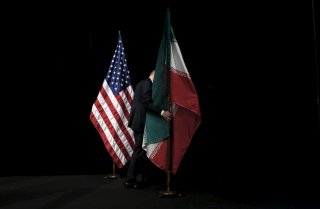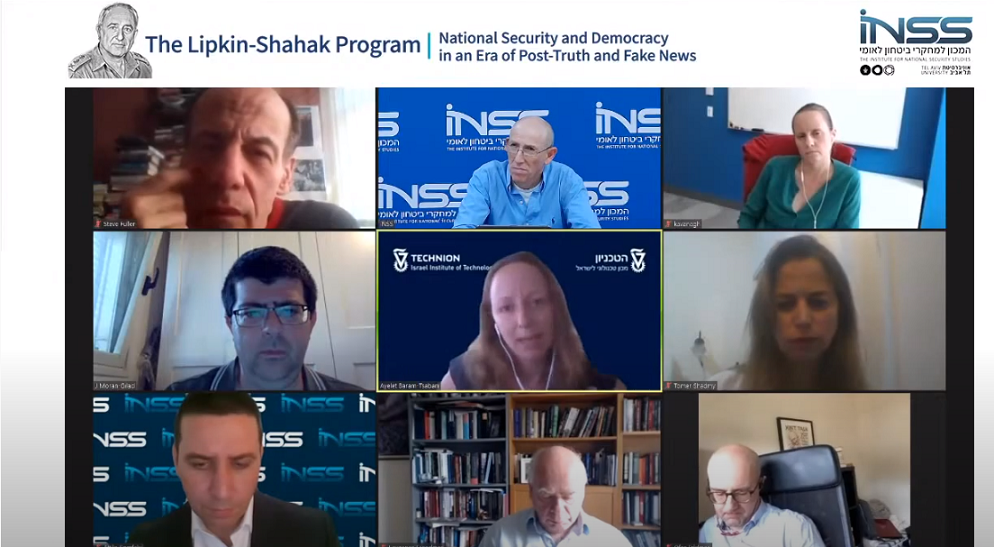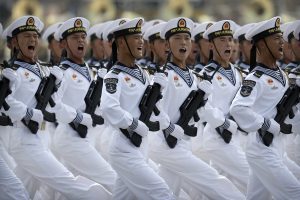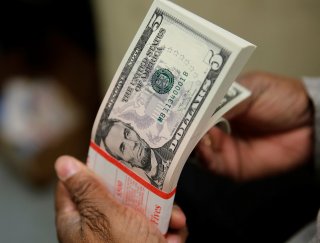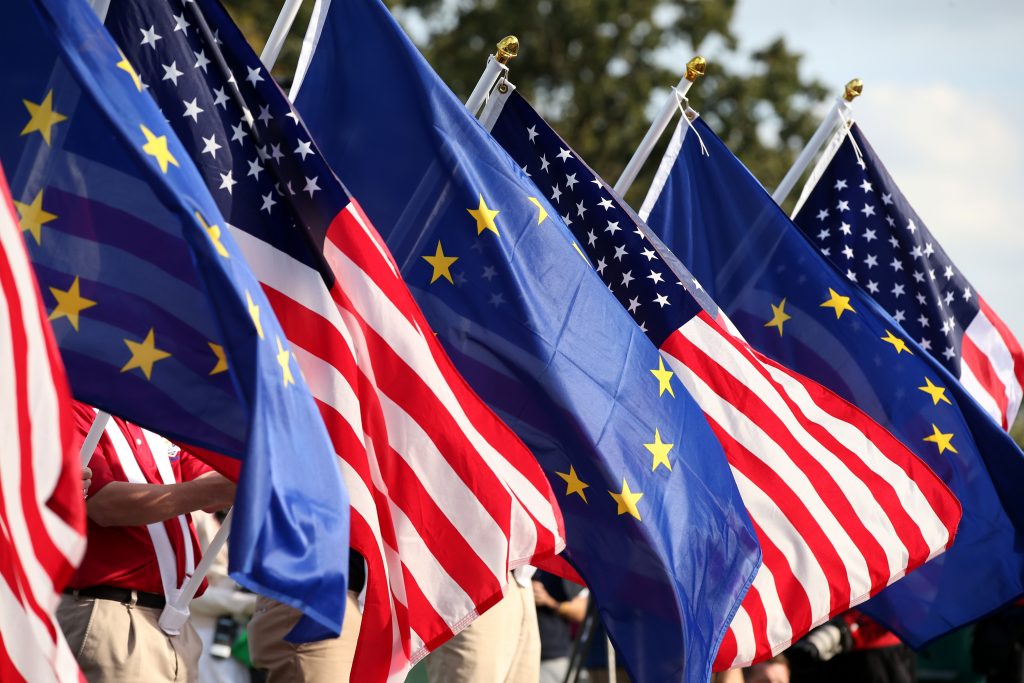By Rodger Baker
Although China's official policy is still one of peaceful reunification with Taiwan, the island's political evolution and shifting international relations are pushing Beijing down a more coercive path.
China has a variety of toolkits to draw from as it seeks to shape the political and social dynamics in and around Taiwan, but events over recent years are shifting China away from conciliatory tools and toward an expansion of coercive measures.
Taiwanese President Tsai Ing-Wen's continued refusal to recognize the so-called 1992 Consensus, and more overt U.S. backing for Taiwan, are testing Beijing's perception that it has time on its side.
Should there be stronger political moves in Taiwan toward independence, or if U.S. military capability and political will appear significantly weak, Beijing may weigh the cost of inaction as exceeding the cost of unification by force.
For China's leadership, the unification of Taiwan is more than a symbol of the final success of the Chinese Communist Party or an emotional appeal to some historic image of a greater China. It is a strategic imperative driven both by Taiwan's strategic location, and by the rising antagonism between the United States and China. Taiwan is the “unsinkable aircraft carrier” off the Chinese coastline, splitting China's near seas, and bridging the arc of islands stretching southwest from Japan with those from the Philippines south through Indonesia. Taiwan is crucial for both any foreign containment strategy, and for China's confidence and security in the East and South China seas — areas critical to China's national defense, food security and international trade.



